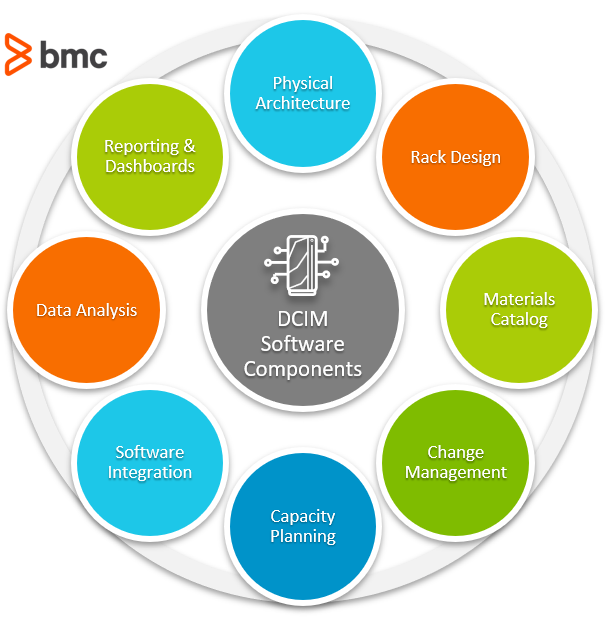What Are Data Center Operations?


Data Center Operations refer to the systems, processes, and workflows used to operate a data center facility. These operations include several areas:
In this article, let’s look at data center operations, including the core components of running and supporting a data center.
Large cloud vendors, including AWS, Google, and Microsoft, operate a global footprint of data center facilities that serve cloud-based computing services to millions of business and private citizen consumers.
Data center reliance is steadily increasing:
Global IT data center spending is expected to be greater than $1 trillion by 2029. By the end of 2024, 1,136 global hyperscale data centers were operational. Global internet traffic increased by 17.2% in 2024. The number of internet users is expected to grow by 23.66%, topping 7 billion users, by 2029.
Trends like expanding connectivity through satellite services, greater use of mobile devices, the normalization of remote and hybrid work, and exploding AI application growth are increasing demands on highly available data center operations. Other contributions to high data center energy consumption include machine learning training and inference, and Bitcoin and other cryptocurrency mining.
These services are delivered to end-users at specific performance and dependency levels specified in the Service Level Agreements (SLAs). Additionally, these data center facilities operate in compliance with stringent global regulations such as ISO/IEC 27001, GDPR, HIPAA, and SOC 2, among others.
In order to meet these various objectives, the modern data center operations cover the following key pillars:
Let’s take a look at each pillar.
The physical data center components are critical to managing highly dependent data center operations. Some of the most efficient data centers are located at low-temperature geographic regions, safe and secure from natural and man-made disaster incidents, with ready access to utility and emergency services.
The common physical elements of a data center include:
(Learn how the cloud is changing data center jobs.)
The modern data center is highly dependent on a network of connected devices that relay information on several key attributes of the data center operations. These are not limited solely to computing performance and network security, but also include the overall performance of the facility in terms of:
A Data Center Infrastructure Management (DCIM) solution integrates the network of IoT sensors to capture relevant information logs from across the facility and data center components. These technologies use sophisticated algorithms and analytics capabilities to:
Therefore, the supply of computing resources is optimized against changing demands and network traffic flows.
In order to achieve these goals, the DCIM also physically tracks every component of the IT environment tagged by an RFID chip. As a result, the DCIM presents a holistic dashboard view of the current status of all components and helps engineers manage process workflows accordingly.
(Read all about DCIMs & data center management.)

A significant proportion of data center optimization takes place at the logical level. Operational workflows that govern the information flow, system design, engineering and business practices, and the end-to-end data center lifecycle procedures govern the effectiveness of the data center facility.
Industry standards and organizations—including Lawrence Berkeley National Laboratory, The Green Grid, Open Compute Project, ITI and the TBM Council—provide guidelines on managing data center operations. These guidelines encompass the end-to-end lifecycle of data center operations, including:
Organizations such as the National Institute of Standards and Technology (NIST) provide guidelines on information systems and design architecture of the IT environment.
A team of people works to maintain continuous, secure, and efficient operations in a data center. Each person fills a specialized role in the operation and maintenance of the hardware, software, building systems, and physical plant.
A data center operator is concerned with the day-to-day operations of the data center infrastructure, including:
Given that data centers operate around the clock, staffing in this position is done in shifts to ensure the role is constantly filled.
A data center operations manager oversees the systems, teams, processes, and reporting necessary for performance, security, and uptime. They think strategically about the future and are responsible for:
A data center technician provides technical support, performs much of the necessary maintenance, and troubleshoots each of the elements of the data center, including:
A facility engineer maintains and optimizes the data center’s physical infrastructure to ensure it is stable and efficient. They oversee:
A data center network engineer is responsible for the technical heart of the data center, designing and building the network of servers, storage devices, and connectivity to ensure seamless data flow, high availability of services, and cybersecurity. This includes:
The final element of cloud-based data center operations corresponds to the IT services delivered to end-users. Data center organizations can adopt tools such as ITIL 4 to integrate multiple service management operating models that can help organizations optimize IT operations for maximum business value.